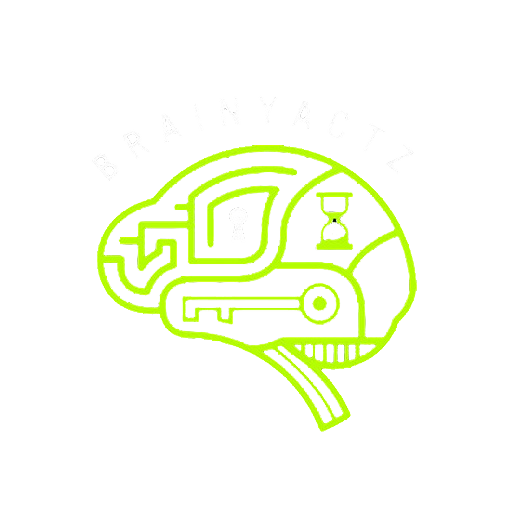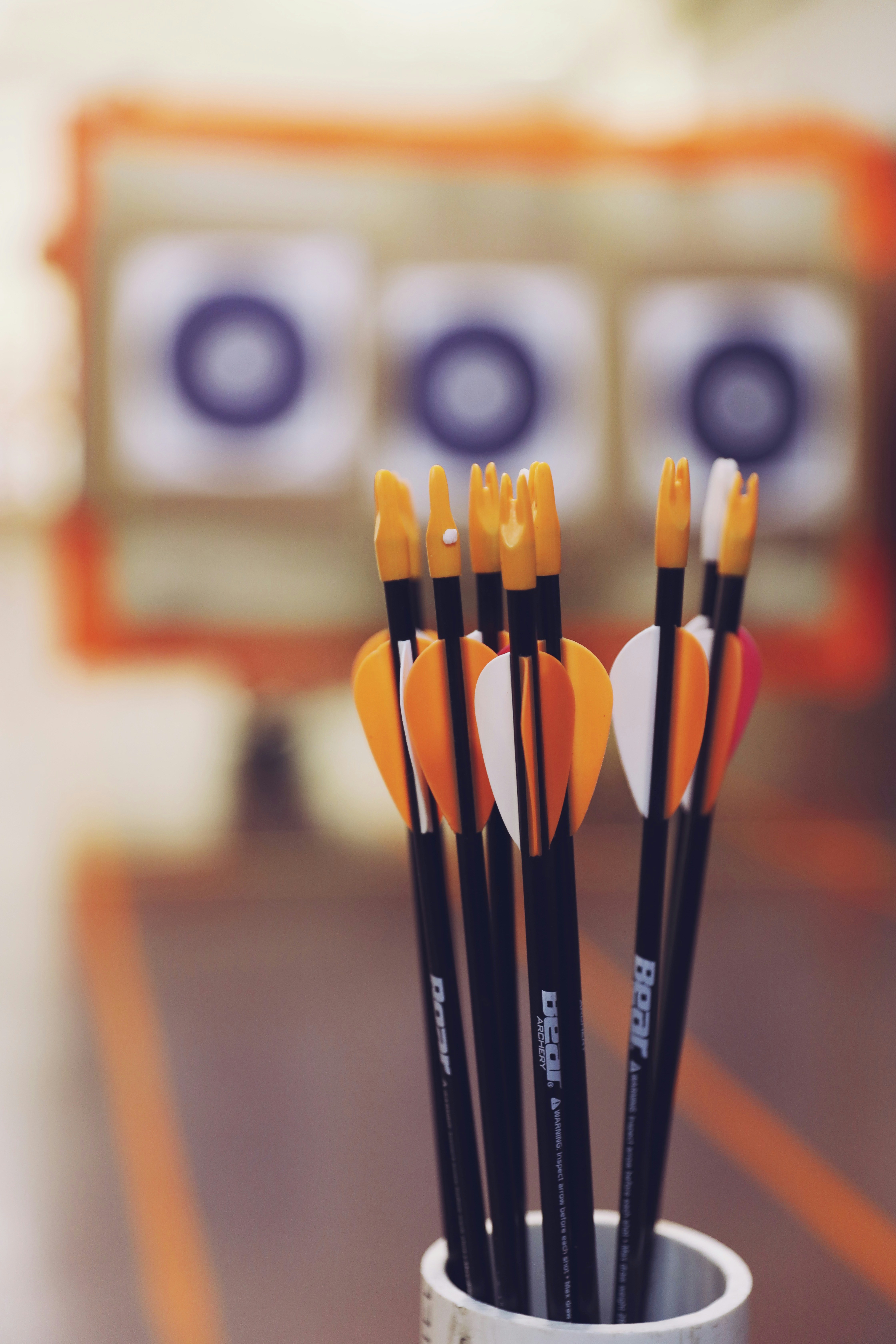In the high-energy world of Arrow Tag, succeeding as a team hinges on more than just individual athletic prowess—it requires seamless coordination, shared vision, and robust communication systems. Arrow Tag combines strategy, athleticism, and quick decision-making, much like an escape room challenge, where every team member’s role is critical to outmaneuver opponents. From understanding diverse learning styles to developing a cohesive backup plan, teams must leverage every asset available, including emotional intelligence, creative game planning, and specialized information such as technical graphics and schematic game maps. This article delivers a comprehensive guide for building, strategizing, and executing dynamic team plans tailored to conquer Arrow Tag challenges.
Key Takeaways
- Defined roles enhance clarity and coordination, ensuring each player contributes effectively to team success in fast-paced Arrow Tag environments.
- Strong communication systems, including hand signals and short calls, help teams react swiftly and maintain tactical flow during high-pressure moments.
- Pre-game planning, including field analysis and flexible strategies, prepares teams to adapt and stay competitive in shifting game conditions.
- Effective offensive tactics such as flanking, using cover, and exploiting mistakes give teams an edge when launching attacks.
- Combining archery skills with collaboration, adaptability, and thoughtful planning results in cohesive, confident teams that dominate the Arrow Tag field.
Building a Cohesive Unit for Arrow Tag Triumph
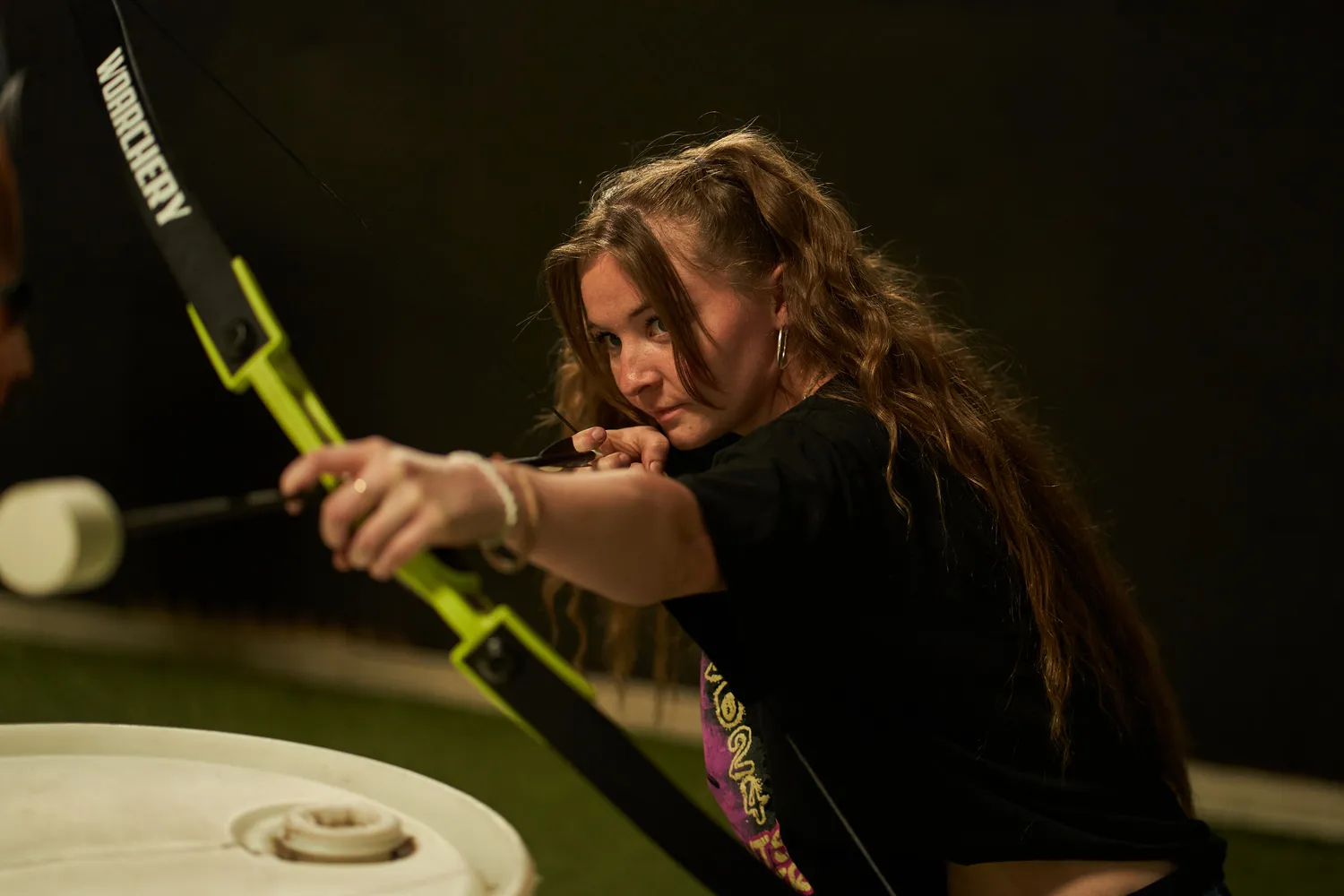
In Arrow Tag, team strength is rooted in unity and collaboration. A team that communicates effectively and plays with synchronized intent can outmaneuver even the most athletic opponents. Success in this fast-paced version of field archery depends not just on individual shooting skills but on strategic cooperation and trust. By defining roles, maintaining clear communication, and fostering a supportive dynamic, teams create a foundation that encourages smart moves under pressure. The result is a resilient squad ready for every twist a match may bring.
Assigning Roles to Maximize Teamwork
Each player must have a role—whether acting as a shooter, defender, or decoy—to avoid confusion during high-speed action. This clarity helps players build confidence and understand how their contributions fit into the team’s bigger strategy. With roles in place, movements become more intentional, and collaboration naturally improves.
Building Communication That Drives Results
Quick, clear communication is essential during matches. Teams can use hand signals, code words, or even brief calls to share urgent updates mid-play. These systems help with planning, adjusting to shifting threats, and keeping everyone informed in real time, all while improving coordination and reaction time.
Cultivating Trust Through Team Practice
Practicing together under various scenarios builds team chemistry and boosts trust. When players rely on each other’s judgment and execution, they’re more likely to support bold moves that lead to big wins. Trust transforms teams into cohesive units that act as one, fast, fluid, and efficient.
Crafting Effective Strategies for Arrow Tag Teams Before the Match

Planning is key to dominating the field in Arrow Tag. Innovative teams review layouts, rehearse tactics, and prepare for offensive and defensive scenarios. Whether you’re playing indoors or outdoors, analyzing the field setup and understanding your team’s strengths helps build better responses to surprise situations. Strategies drawn from target archery, where calm control and aim matter, are handy. A flexible mindset and solid pre-game routine can turn a good team into a game-changer.
Reading the Field Like a Pro
Understanding field layouts—where barriers and openings lie—gives teams the upper hand. Identifying high-traffic areas and safe zones allows for smarter movement and positioning. This field awareness mimics traditional field archery discipline, where terrain plays a critical role in success.
Building Backup Game Plans
No plan survives the first whistle unchanged, so building alternatives is essential. Teams should prepare multiple tactics, ready to shift from aggressive play to cautious defense or vice versa. This adaptability boosts resilience and ensures that the team stays focused, even if the game takes an unexpected turn.
Preparing the Mind and Body
Warm-ups should combine physical movement with mental drills. Teams that practice breathing control, visualization, and basic positioning routines often enter the match more focused. Preparation sharpens shooting performance and teamwork, building confidence and helping manage nerves when the action heats up.
Executing Offensive Maneuvers for Arrow Tag Victory

A great offense relies on rapid execution, strategic positioning, and relentless teamwork. Arrow Tag challenges players to think fast and shoot even faster, using their archery skills in high-energy bursts. Combining field and target archery elements, offense is about breaking through defenses while covering your teammates. Coordinated strikes and opportunistic plays often define the difference between victory and defeat in competitive matchups.
Charging Together With Purpose
Launching a group push with clear timing can break down the opposing team’s setup. These joint advances rely on teammates supporting each other, rotating roles, and avoiding isolation. The more players work together during a push, the greater the pressure on defenders.
Using Cover and Pressure
Taking advantage of field barriers and using shots to keep opponents ducking creates space. Suppressing fire doesn’t need to hit—it just needs to distract, allowing a teammate to reposition or advance. This method mimics the tactical movement found in more structured archery competitions.
Spotting and Exploiting Mistakes
When an opponent slips or fails to reload in time, a smart team strikes. Recognizing errors and capitalizing quickly can change the game’s momentum. These rapid transitions depend on communication and a sharp eye for detail, especially in pressure-filled moments.
Solidifying Defensive Tactics for Arrow Tag Resilience
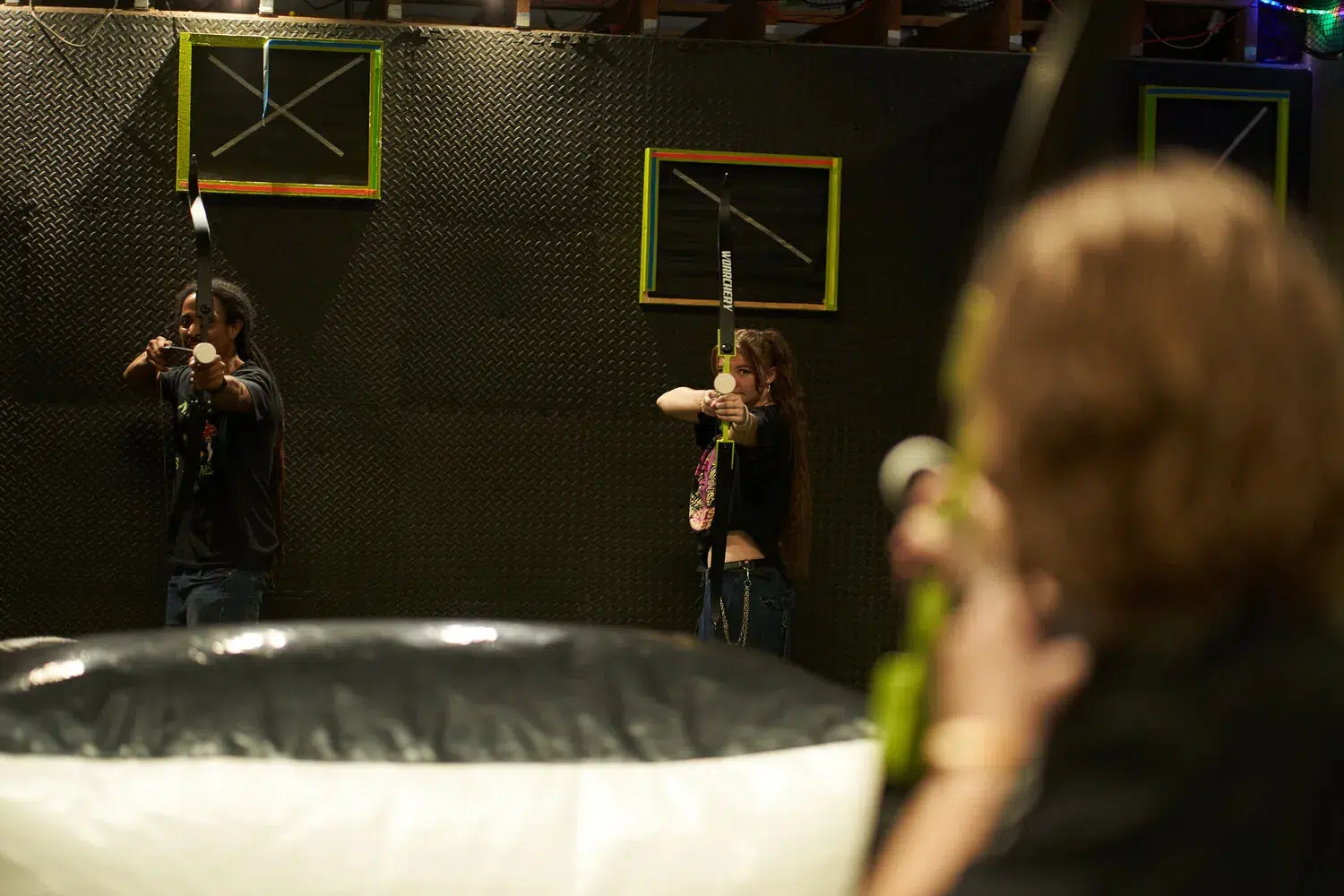
Defense wins more than just games—it shapes how a team controls the pace. In Arrow Tag, a solid defense protects team members, conserves energy, and lays the groundwork for quick counterattacks. By holding critical areas, covering exposed teammates, and reacting with speed, teams can reverse pressure on their opponents. Like in field archery, where patience and positioning matter, effective defense involves anticipation and precision.
Holding Ground With Purpose
Good defensive players understand the importance of positioning. Choosing spots that offer cover and field visibility helps teams shut down advances. Staying low and controlled makes it easier to dodge incoming arrows while preparing quick returns.
Guarding Key Team Roles
Whether protecting your best shooter or a designated team target, defense is about shielding your most significant assets. Assigning one or two players to that role helps maintain structure, especially when opponents try to isolate or overwhelm key team members.
Countering With Speed and Smarts
Strong defenses know how to shift into offense fast, catching attackers off guard during their retreat or after a missed shot gives defenders a moment to strike back. This transition is often where well-practiced teams score some of their biggest wins.
Advanced Arrow Tag Team Strategies for Competitive Play
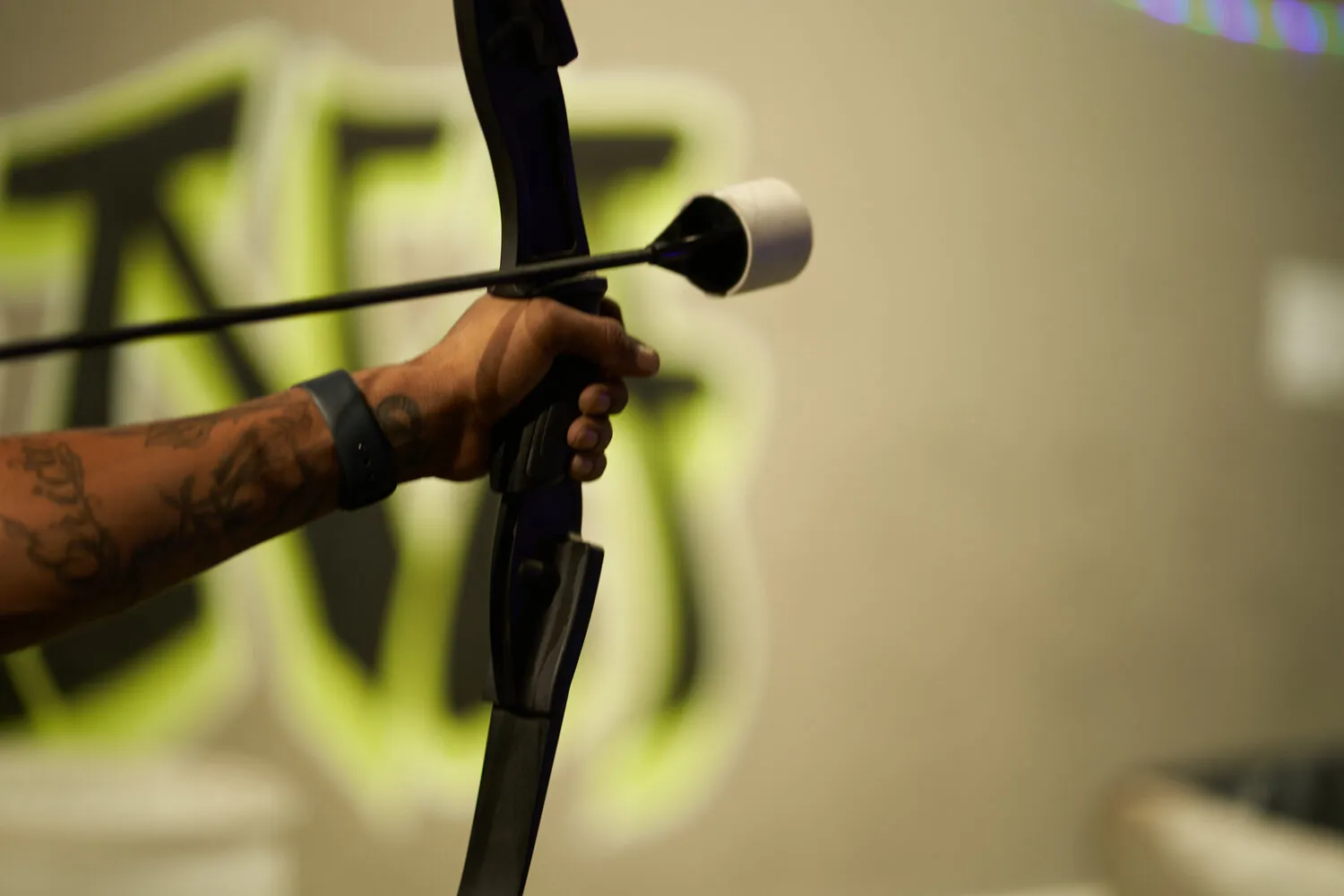
For teams ready to go beyond the basics, advanced strategies help sharpen their edge. These include psychological tactics, mid-game adjustments, and creative gameplay that disrupt opponents’ rhythm. By leaning on experience, archery fundamentals, and adaptive teamwork, elite Arrow Tag players become masters of the game’s deeper layers. Consistent improvement and experimentation are what separate casual teams from top-tier performers.
Changing Tactics on the Fly
Conditions change fast during longer matches or tournaments. Advanced teams know when to shift roles, change formation, or slow the game to their pace. These in-game adjustments are critical for staying ahead and keeping opponents guessing.
Setting Traps With Intent
Luring opponents into tight spots can create big scoring chances. Teams may feign weakness in one area only to surround and tag an advancing player. These tactical feints depend on trust and perfect timing between teammates.
Playing the Mental Game
Confidence and calm often tilt games. Simple moves like delaying a shot or making deliberate eye contact can disrupt an opponent’s focus. These tactics don’t rely on shooting—they rely on reading people, controlling tempo, and gaining psychological advantage.
Continuous Improvement of Your Arrow Tag Team Performance

Every great Arrow Tag team stays hungry. Even after a win, there’s always more to learn. Teams unlock better performance by breaking down matches, trying new drills, and learning from others. Building team identity, maintaining morale, and tracking progress fosters long-term growth. These habits, similar to serious target archery training routines, build championship culture.
Conducting Post-Game Debriefs for Constructive Feedback
After each match, teams should conduct thorough debriefing sessions. These meetings provide an opportunity to review gameplay footage, discuss tactics that worked well, and identify areas of improvement. The key to successful debriefs is open, honest communication and a non-judgmental approach where constructive criticism is valued over personal blame. Teams that invest time in detailed post-game analysis tend to show marked improvements in subsequent matches. Studies suggest that teams integrating regular debriefs into their routine experience a performance improvement of up to 20% over a season, as the insights gleaned are immediately applied to future sessions. Debriefs also reinforce unity and build the foundation for a resilient learning culture within the team.
Reviewing What Worked—and What Didn’t
Post-match discussions help teams refine their tactics and learn from mistakes. Reviewing specific plays helps highlight communication gaps or brilliant moments to replicate. These debriefs are essential for learning and keeping everyone aligned on improvement goals.
Drilling for Better Reaction and Movement
Customized drills target the weak spots: faster reloads, better dodging, or tighter group pushes. Structured training sessions improve muscle memory and team instincts, making gameplay smoother and quicker in real-time scenarios.
Learning From the Best Around You
Watching other skilled Arrow Tag teams or playing friendly matches can teach new strategies. Whether observing movement flow or communication styles, seeing excellence in action sparks ideas and strengthens overall play. Great teams never stop being students of the game.
Frequently Asked Questions
How can teams effectively define roles in Arrow Tag?
Teams can define roles by analyzing individual strengths, conducting role-specific drills, and communicating clearly. Research indicates that clear role distribution boosts in-game coordination and reduces confusion, leading to improved performance.
What are the key benefits of robust communication systems in Arrow Tag?
Robust communication systems ensure that team members receive rapid updates, can quickly adjust tactical plans, and coordinate defensive and offensive moves efficiently. Consistent communication minimizes errors and enhances overall team synergy.
How do post-game debriefs contribute to team improvement?
Post-game debriefs provide critical feedback by reviewing match footage, discussing tactical successes and failures, and setting actionable goals. This reflective process fosters a culture of continuous improvement and adaptability.
What advanced strategies can teams use to bait opponents?
Advanced strategies include deliberately positioning to lure opponents into overcommitting, coordinated flanking maneuvers, and rapid counterattacks. These tactics disrupt the opposing team’s rhythm and create scoring opportunities.
How important is mental preparation in Arrow Tag
Mental preparation is crucial; it aligns focus, reduces stress, and improves decision-making under pressure. Teams that practice mental resiliency techniques perform better during high-stress moments and maintain composure throughout the match.
Conclusion
Success in Arrow Tag is built on a blend of well-defined roles, robust communication, tactical flexibility, and continuous improvement. Teams that invest in detailed pre-game planning and dedicate time to post-game analysis stand out against their competitors. Advanced strategies, including psychological tactics and systematic baiting, offer teams a competitive edge that extends beyond simple physical agility. Embracing these comprehensive strategies will not only boost in-game performance but also prepare teams for future challenges in high-stakes competitive environments.
